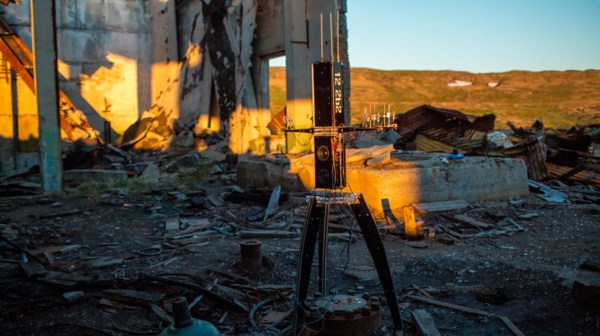Normally on “Mining and Refining,” we concentrate on the actual material that’s mined and refined. We’ve covered everything from copper to tungsten, with side trips to more unusual materials like sulfur and helium. The idea is to shine a spotlight on the geology and chemistry of the material while concentrating on the different technologies needed to exploit often very rare or low-concentration deposits and bring them to market.
This time, though, we’re going to take a look at not a specific resource, but a technique: fracking. Hydraulic fracturing is very much in the news lately for its potential environmental impact, both in terms of its immediate effects on groundwater quality and for its perpetuation of our dependence on fossil fuels. Understanding what fracking is and how it works is key to being able to assess the risks and benefits of its use. There’s also the fact that like many engineering processes carried out on a massive scale, there are a lot of interesting things going on with fracking that are worth exploring in their own right.
Continue reading “Mining And Refining: Fracking”












